Bhagwant Mann fails to turn up at rally
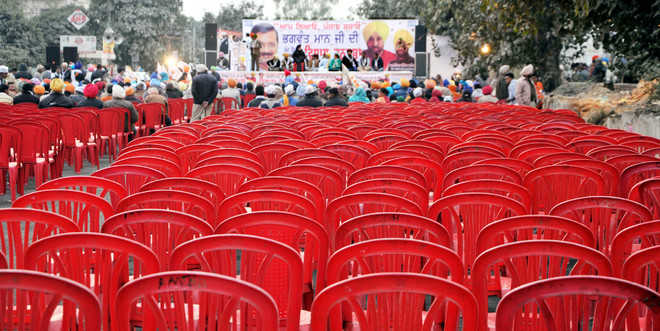 Empty chairs during a rally organised by Balwinder Singh Sahota, the AAP contestant from Amritsar West constituency, on Saturday. Photo: Vishal Kumar
Empty chairs during a rally organised by Balwinder Singh Sahota, the AAP contestant from Amritsar West constituency, on Saturday. Photo: Vishal KumarTribune News Service
Amritsar, January 7
In a major embarrassment for the leadership of the Aam Aadmi Party (AAP) at the local level, Member of Parliament Bhagwant Mann failed to turn up at a political rally organised in support of party candidate from Amritsar (West) constituency from where Balwinder Singh Sahota, a software engineer, is contesting as the party candidate.The crowd had gathered opposite Guru Nanak Dev University (GNDU) since 4 pm in the afternoon braving chilly winds and severe cold conditions. They had to return dejected while a large number of chairs remained vacant.Finally, the leaders speaking from the stage announced that Bhagwant Mann was not coming. The crowd had started leaving when no prominent leader from the party turned up till 6 pm.Speaking over the issue, Sahota said Mann was to arrive from Gurdaspur where he was to address another political rally. He said due to inclement weather conditions, his programme got delayed and finally he could not arrive. He claimed that there was no resentment among the people because of this and that the people are connected to a party and not a particular leader.It is pertinent to mention here that a similar situation occurred in the Attari constituency a few days ago when Bhagwant Mann did not turn up to address the crowd that was eagerly waiting for him. He cancelled his programme abruptly. Prior to this, Delhi Chief Minister Arvind Kejriwal was to address the rally and people had to return disappointed.
Congress, BJP weigh options for Amritsar Lok Sabha bypoll
Tribune News Service
Amritsar, January 7
Hectic activity and lobbying is underway in political circles after the announcement of election for the Amritsar Lok Sabha bypoll along with Assembly election on February 4.The bypoll was necessitated after sitting MP Captain Amarinder Singh resigned from the Lok Sabha on November 28 to protest against the verdict of the apex court on the Satluj Yamuna Link (SYL) canal. He had ended the 10-year long BJP rule on the Amritsar Lok Sabha seat defeating BJP stalwart Arun Jaitley.Congress leader Navjot Kaur Sidhu said neither she nor her husband Navjot Singh Sidhu would contest the Amritsar Lok Sabha seat. As a BJP nominee, Navjot Singh Sidhu thrice won the Amritsar Lok Sabha seat in 2004, then a bypoll and again in 2009 General Election. She confirmed that she was approached by the Congress leaders to contest the Amritsar Lok Sabha seat but turned it down. She said they did not recommend any name for the seat.Former MLA and district Congress committee president Jugal Kishore Sharma said all three sitting Congress MLAs— OP Soni, Raj Kumar Verka and Sukhbinder Singh Sarkaria— turned down the offer of contesting the Lok Sabha bypoll as they preferred to serve the people of their constituency. He said they would recommend the name of former MLA Sawinder Singh Kathunangal, who had been twice elected MLA from Majitha, for being fielded for the Lok Sabha bypoll.A major surprise was seen in the BJP camp as its firebrand leader Lakshmi Kanta Chawla, who had earlier said she would not contest the previous assembly election, announced she would contest the Amritsar Lok Sabha bypoll in case the party decides on her nomination.Her name along with three other leaders, Tarun Chugh, Pappu Mahajan and Ram Chawla, have been forwarded for being fielded against sitting Congress MLA OP Soni from the Amritsar Central constituency. When asked, she declined to contest the assembly election and reiterated she would contest the Lok Sabha election only.Another BJP leader Rajinder Mohan Singh Chhina has already announced that Union Finance Minister Arun Jaitley endorsed his candidature.Meanwhile, insiders said the party had already conducted a survey and would announce its candidate at its parliamentary board meeting to be held in Delhi soon.Verka residents to question politiciansAround the corner Assembly elections and no let up in appalling condition of civic amenities in Verka have given an opportunity to residents to question candidates visiting their area about their contribution in removing basic problems being faced by them.They complained that open sewerage in the area posed serious health problems. Verka was neglected by the ruling SAD-BJP combine, they added.“The government boasts of development in its advertisements, which is nowhere visible in parts of Verka,” said Pawan Deep Sharma of Punjab Sudhar Sabha.He said people had met area councillor many times and apprised him of problems being faced by them, but nothing was done. The councilor had expressed his helplessness, he added.Maninder Pal Singh Arora of the Guru Nanak Nagar area said, “The agency engaged in laying sewerage has dug up a large pit in front of the house of a handicapped school teacher. Due to her disability she fears coming out of her home.”He said, “We have decided to question visiting politicians and stage protest against the administration in coming days if our problems are not solved.”Meanwhile, residents complained that waste water of houses could not drain as the sewerage work was incomplete.“Due to stagnant water in toilets and washrooms, a foul smell fills the entire area,” said Harpal Singh. Residents have also threatened to boycott all political leaders coming to their area.
Sidhu all set to join Congress tomorrow
Party’s final list for Punjab to be out on January 10
NEWDELHI: Cricketer-turned-politician Navjot Singh Sidhu is likely to join the Congress on January 9 or 10 after much dilly-dallying and unsuccessful talks with the Aam Aadmi Party (AAP).
According to sources, Sidhu will be given the choice by the Congress leadership to contest either from Amritsar East assembly constituency, held by his wife Navjot Kaur Sidhu till recently, or Amritsar Lok Sabha seat. Punjab Congress president Captain Amarinder Singh resigned from the seat in November last year on the Sutlej Yamuna Link canal issue.
The assembly elections in Punjab along with the by-poll for the Amritsar Lok Sabha seat will be held on February 4.
If the former BJP MP decides against contesting the elections, the Congress will field his wife from Amritsar East and utilise his services in campaigning for the party candidates across the state.
After quitting the BJP in September last year, Sidhu had been in talks with both the AAP and the Congress.
However, his negotiations with the AAP broke down after the new party rejected his demand for naming a chief ministerial candidate ahead of the polls. His wife along with former Indian hockey captain Pargat Singh later joined the Congress in November.
Former Prime Minister Manmohan Singh will release the Congress poll manifesto for Punjab at the Congress headquarters on January 9.
The Congress will also finalise its third and final list of 40 candidates on January 10 in a meeting of its central election committee, headed by Sonia Gandhi.
The announcement of the final list has been delayed due to the induction of rebel leaders from the ruling Shiromani Akali Dal (SAD) that has caused widespread resentment in the Congress. The proposed move to field former Akali leaders such as Sarwan Singh Phillaur, Deepinder Singh Dhillon, Harinder Pal Singh Harry Mann and Inderbir Singh Bolaria is facing stiff resistance.
Congress leaders have argued that the move to give tickets to these Akali rebels will hurt the party badly in elections as some of them are facing the allegations of being close to drug traders.
“It will weaken the fight against drugs in Punjab and derail the agenda set by Congress vice-president Rahul Gandhi to make Punjab a drug-free state,” a senior party leader said.
It’ll be royalty vs soldier’s grandson’
CHANDIGARH :Former army chief Gen JJ Singh (retd), who will be contesting elections against Punjab Congress chief Capt Amarinder Singh from Patiala Urban assembly segment, joined the Shiromani Akali Dal (SAD) here on Saturday.
“This will be not be a battle between a captain and a general, but between a scion of royalty and a soldier’s grandson,” said Gen JJ Singh, vowing to make Amarinder “bite the dust”.
The ex-army chief was reacting to Amarinder’s Friday remark that for the first time in the history of army, a captain will be defeating a general.
SAD president and deputy chief minister Sukhbir Singh Badal, who welcomed the general into the party fold, said the Congress was facing a “bankruptcy of ideas” and was raking up non-issues.
“Congress is a divided house, fighting against itself. The Congress must decide on its war horses before launching a broadside on its rivals,” he added.
Gen Singh said he will fight the political battle with all humility and approach all sections of society. “The fight will be clean, though I will give a befitting reply if the rival tries to use foul means,” he said.
On his late entry, when less than a month is left for the polls, Gen Singh said he will be working 18 hours a day while Captain works for only six hours.
“Thus, I have 66 days with me that are more than sufficient, while Captain has only 22 days,” he said.
Ardasia who denied siropa to Badal says will contest against him
AMRITSAR Balbir Singh, the ‘ardasia’ who denied ‘siropa’ to Punjab chief minister Parkash Singh Badal in the sanctum sanctorum of the Golden Temple last year, has now decided to challenge him from Lambi assembly segment.
Balbir Singh, who was recently reinstated by the Shiromani Gurdwara Parbandhak Committee (SGPC) and had resumed duties, said: “I had never thought of contesting elections. I am not a politician. But I fear if the Badals retain power, more sacrilege incidents will take place in the state.”
Claiming he was in talks with various parties, Balbir Singh said, “If I get a party ticket, it’s fine. Otherwise, I will enter the contest as an Independent and ensure Badal’s defeat.”
“The Badal government failed to nab the culprits behind incidents of sacrilege. This is the reason I denied ‘siropa’ to Badal. If Badal comes to pay obeisance at the Golden Temple again and I am on duty, I won’t offer him a ‘siropa’… Even if I lose my job, I have no problem,” he said.
Balbir Singh was transferred by the SGPC after he denied ‘siropa’ to Badal, but SGPC president Kirpal Singh Badungar reinstated him in December. Balbir Singh claimed he was currently on leave.
Book on Udham Singh released
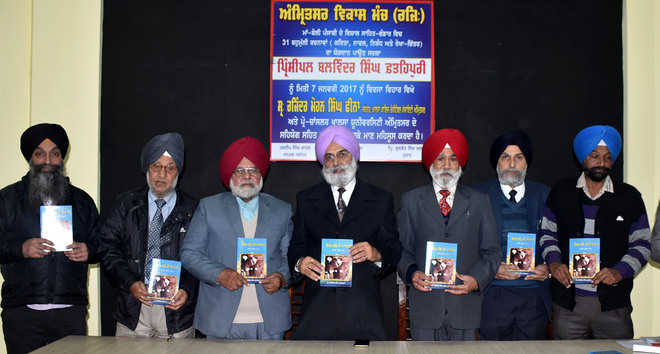 Rajinder Mohan Singh Chhina (centre) and others during the release of a book on Shaheed Udham Singh at Virsa Vihar in Amritsar on Saturday. Photo: Vishal Kumar
Rajinder Mohan Singh Chhina (centre) and others during the release of a book on Shaheed Udham Singh at Virsa Vihar in Amritsar on Saturday. Photo: Vishal KumarTribune News Service
Amritsar, January 7
Honorary secretary of the Khalsa College Governing Council, Rajinder Mohan Singh Chhina, today released a new book on the life of legendary freedom fighter Shaheed Udham Singh, who killed Michael O’ Dyer, the man responsible for the Jallianwala Bagh massacre. The book is written by Principal Balwinder Singh Fatehpuri, who has already penned down books on freedom struggle.Chhina praised the work on the book, ‘Shaheed Udham Singh— Ik Yodhe Dee Dastan’ and said the martyr is a highly acclaimed figure of independent struggle, who took revenge for the killing of innocents during the massacre on April 13, 1919.Chhina said he was happy to know that this was a highly researched book and lay bare the many aspects of the life of Shaheed Udham Singh. The book release function was organised by Amritsar Vikas Manch (AVM), whose patron Prof Mohan Singh gave a detailed account of the prolific writer.Writer and poet Deep Davinder Singh also spoke about the writer and his works. He said the book was a tribute to Shaheed Udham Singh who wanted to take revenge for the Jallianwala Bagh massacre and finally succeeded in achieving the target in London.Dr Inderjit Singh Gagoani, KS Ankhi, Daljit Singh Kohli, Ikbal Kaur Saundh, Germanjit Singh and Amrit Lal Mannan also addressed the audience on the occasion and thanked Chinna for sparing the time to share his views on the subject with those who represented various writers’ forums and social organizations, apart from the AVM.They also presented a charter of demands to make the holy city beautiful and improve basic amenities for the residents here.
Martyr Udham Singhs great-grandson on dharna for peons job
New Delhi, Jan 3 (PTI) When nationalism and patriotism are dominating the national discourse, the great grandson of iconic revolutionary Udham Singh is struggling to secure the job of a peon in Punjab government which had been promised to him by former Chief Minister Amarinder Singh 10 years ago.
The promise of Congress government did not materialise as the party was out of power for 10 years in the state. The repeated pleas of Jagga Singh, who is great grandson of Udham Singhs elder sister Aas Kaur, to the Shiromani Akali Dal and BJP government did not yield any result.
In a daredevil act, Udham Singh had avenged the killing of hundreds of innocent people in Jallianwala Bagh on Baisakhi Day on April 13, 1919 by General Reginald Edward Harry Dyer.
Singh, who was present on the spot at Jalianwala Bagh in Amritsar on the bloodiest day of Indian Independence struggle history, had avenged the massacre 21 years later by killing in London Michael ODwyer, who was the Governor of Punjab when the massacre took place in Jallianwala Bagh.
Charged with murder, he was hanged to death in one of the prisons in London.
Singh is going through days of extreme poverty with a family of six to take care of which includes his 60-year old father Jeet Singh, a daily labourer.
30-year old Singh, a class X pass out who works at a cloth merchant shop in Sangur on a monthly salary of Rs 2,500, is hoping to draw the attention of Prime Minister Narendra Modiand Home Minister Rajnath Singh through his letters.
Braving the chill of foggy mornings here, Singh has shifted his protests to Jantar Mantar hoping to get his voice heard in the power corridors of the national capital.
But so far, neither the BJP, which is ruling the Centre, nor the Shiromani Akali Dal in the state have offered anything concrete to him.
Speaking to PTI, an emotional Singh said he was promised a job in 2006 by the then Punjab CM Aamrinder Singh but after the government changed, he has been running from pillar to post to get the promise implemented.
“We met Finance Minister Parminder Singh Dhindhsa several time. After a number of meetings, he had told me that our representation was put before the Chief Minister, who said that he cannot help us as the letter of appointment was issued by the Congress-led Amarinder Singhs government and so the job cannot be given to us,” Singh claimed.
He said the then Deputy Collector whom his father had met after Amarinder Singh issued a letter could have given him any job “even that of a peon” but the present regime is not ready to offer even that. (More) PTI SMJ/ABS KIS ASV
शहीद उधम सिंह का पड़पोता चपरासी पद की नौकरी के लिए धरने पर बैठा –
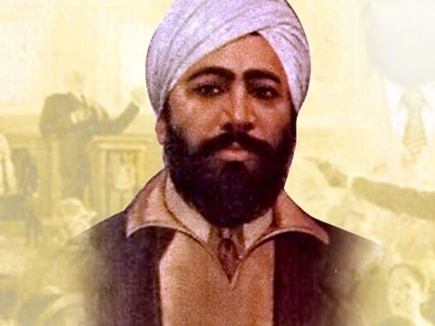
नई दिल्ली। क्रांतिकारी नेता शहीद उधम सिंह का पड़पोता पंजाब सरकार की चपरासी पद की नौकरी की मांग को लेकर यहां जंतरमंतर पर धरने पर बैठा है।
इस नौकरी का वादा पंजाब सरकार के भूतपूर्व मुख्यमंत्री अमरिंदर सिंह ने 10 साल पहले किया था। इसके बाद कांग्रेस सत्ता से बाहर हो गई थी इसलिए यह वादा पूरा नहीं हो सका।
उधम सिंह की सबसे बड़ी बहन आस कौर के पड़पोते जग्गा सिंह इस नौकरी की मांग को लेकर कई बार चिट्ठियां लिख चुके हैं लेकिन वर्तमान शिरोमणि अकाली दल की सरकार ने इस पर ध्यान नहीं दिया है।
मालूम हो कि उधम सिंह ने जलियांवाला बाग पर फायरिंग का आदेश देने वाले जनरल डायर से 21 साल बाद लंदन में गोली मारकर बदला लिया था। तब डायर लंदन का मेयर था।
जलियांवाला बाग कांड 13 अप्रैल 1919 को हुआ था। हत्या के आरोप में उधम सिंह को लंदन की जेल में फांसी दे दी गई थी। से जुड़े हर ता
Centre urged to bring back Udham Singh’s pistol from London
CHANDIGARH: Haryana minister of state for food, civil supplies and consumer affairs Karan Dev Kamboj on Saturday said that he had urged upon Prime Minister Narendra Modi to bring back from London the pistol of martyr Udham Singh and the book in which he had concealed the pistol when he entered the Caxton hall to shoot at Michael O’Dwyer.
The book and the pistol will be kept in a museum to inspire the youth and future generations, the minister added.
Kamboj and sports minister Anil Vij were speaking at a function organised on the occasion of 117th birth anniversary of Udham Singh here.
Kamboj also said that as announced by chief minister Manohar Lal Khattar, the biography of Udham Singh will be included in the syllabus of schools.
He further said that one of the entrance gates, being built in the golden jubilee year, will also be named after the martyr Udham Singh.
Also, a chowk would be named after the freedom fighter in the major cities of the state.
Vij said that the martyrs did not belong to a particular religion or community, as they belonged to the entire country. He said that Udham Singh had killed Dwyer to avenge the Jallianwala Bagh massacre in Amritsar.
Both Vij and Kamboj also paid floral tributes to martyr Udham Singh and announced ₹5 lakh each for the construction of Shaheed Udham Singh Memorial Bhawan in Chandigarh.
Unlike state unit, Tarn Taran Cong puts up shows
TARN TARAN: Unlike its state leadership, known for factionalism, the district Congress committee is giving an impression of unity as almost all dissenters have extended support to the candidates fielded by the party high command openly, thereby paving way for a close fight in the assembly polls in all four segments of the district.
After the Congress high command announced the tickets, the local leaders of all segments except Khadoor Sahib, strongly opposed the party’s decision and warned of revolt if the party did not change its decision.
Even Khemkaran candidate Sukhpal Singh Bhullar faced revolt from his family as his elder brother Anoop Singh Bhullar wanted the ticket to be given to his father and former Punjab minister Gurchet Singh Bhullar. However, the dissents have now settled with the intervention of senior leaders.
However, Bhullar had just taken a sigh of relief after his father and brother came out to his support, when another influential local party leader Sarwan Singh Dhun, a close aide of former Punjab finance minister Manpreet Singh Badal, continued to up the ante against him and lay claim on his own candidature citing that he stood first in the survey conduct by the party in the area.
The unsuccessful candidate from Peoples’ Party of Punjab (PPP) which was floated by Manpreet from the segment, Dhun was about to declare himself as an independent candidate, but eventually declared support to Bhullar in a public rally conducted in Khemkaran on Saturday. Other dissidents including Tarlok Singh Chakwalia and Peter Sandhu who opposed the candidature of Bhullar, also backed Bhullar in the rally.
In Tarn Taran, some ticket seekers including Sukhdev Bhargav, Ranjit Singh Gaddiwind, Karanbir Singh Burj, Satinder Singh Dobalian and Gurpartap Singh Palasaur wanted the ticket to be given to one of them and indirectly opposed the candidature of Dharamvir Agnihotri who lost the last polls from SAD candidate Harmeet Singh Sandhu by a margin of only 4,621 votes.
Meanwhile, with the intervention of Rajasansi MLA Sukhbrinder Singh Sukh Sarkaria, all ticket seekers except Satinder Singh Dobalian have been persuaded to back Agnihotri on pretext that they would also be entertained once the party forms the government in state.
On the other hand, youth Congress leader and president of Lok Sabha constituency Khadoor Sahib Harpreet Singh Sandhu and his father Principal Hardeep Singh, who were contenders for the ticket in Patti segment, were going separately from candidate Harminder Singh Gill, too supported Gill openly in a public meeting on Saturday.
In Khadoor Sahib, there was already no competitor of Ramanjit Singh Sikki who came in limelight after he resigned from the post of MLA in protest against a sacrilege incident of Guru Granth Sahib.
The unity being shown by the Congress leaders is expected to give a close fight to SAD candidates Harmeet Singh Sandhu (Tarn Taran), Adesh Partap Singh Kairon (Patti) and Virsa Singh Valtoha (Khemkaran).
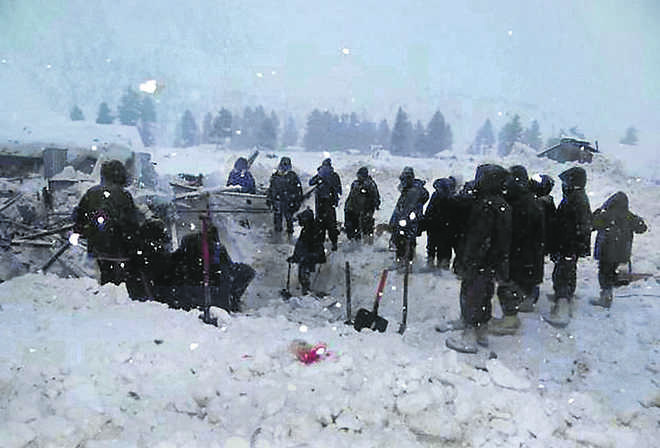












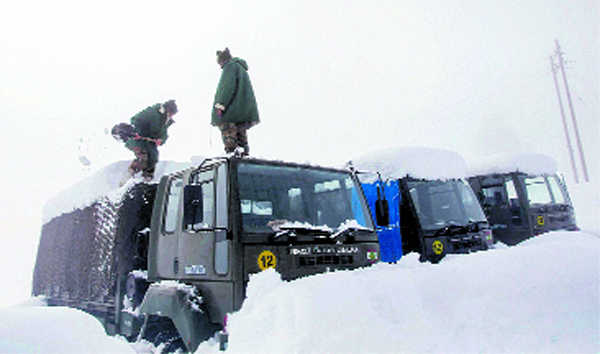

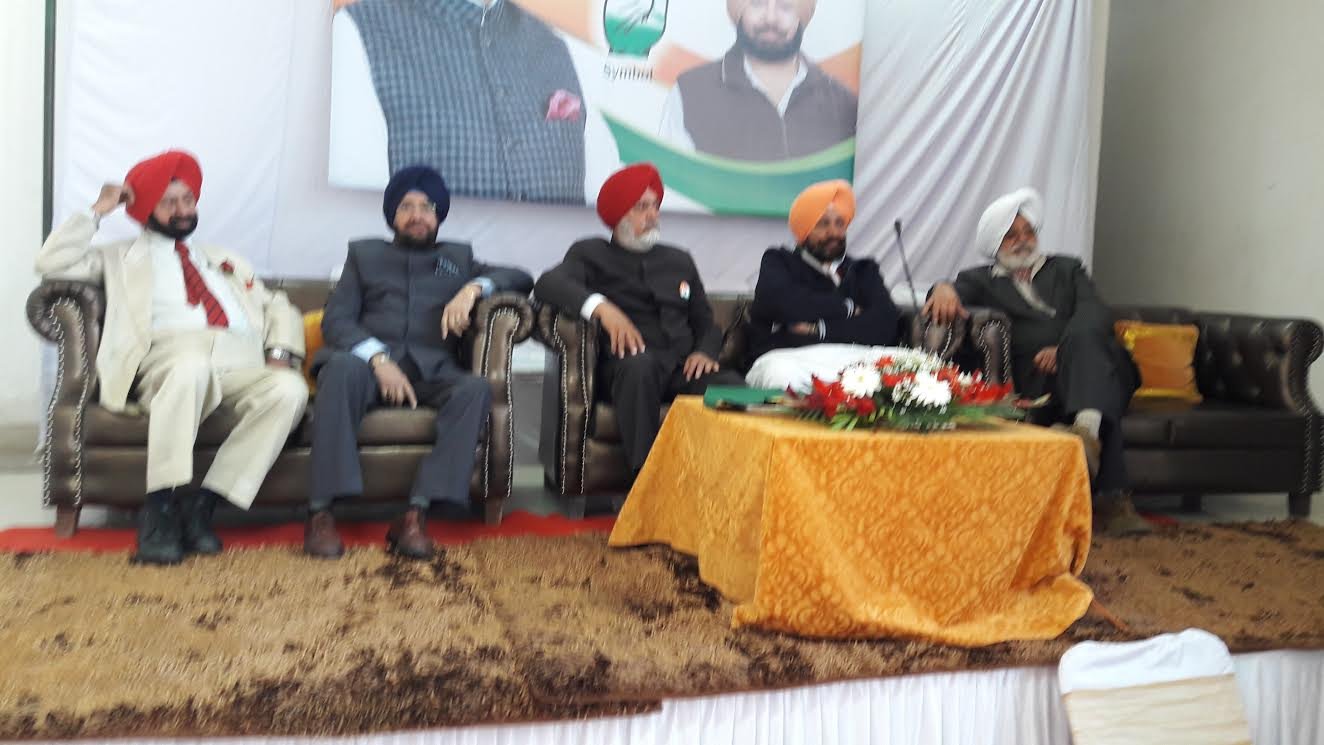

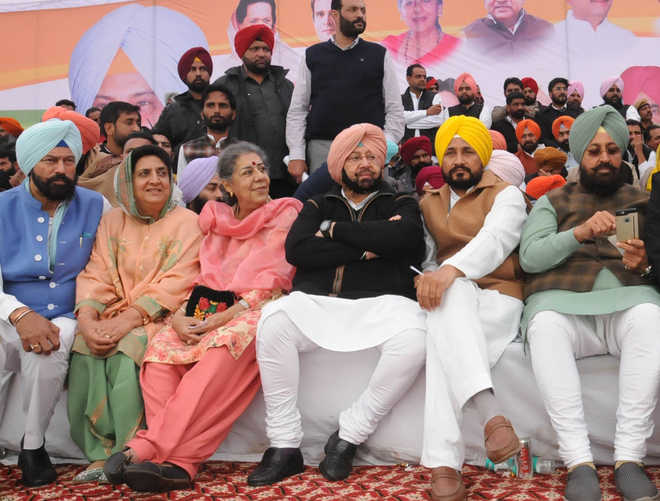
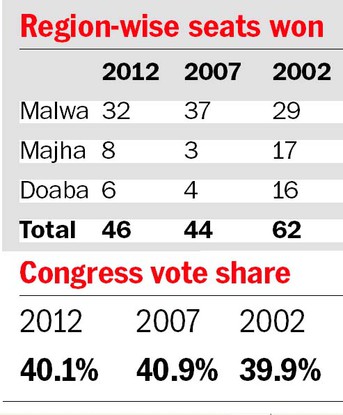

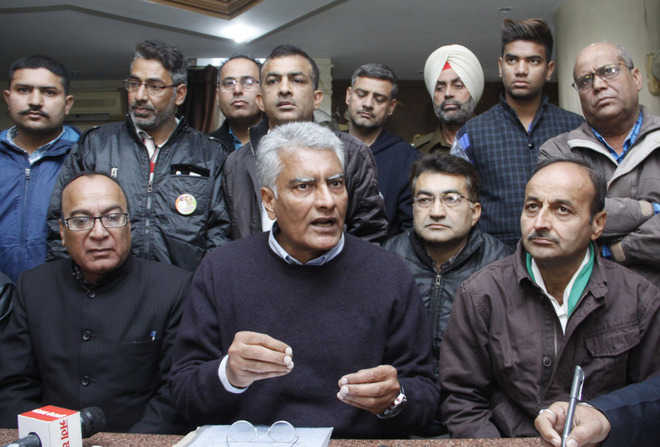
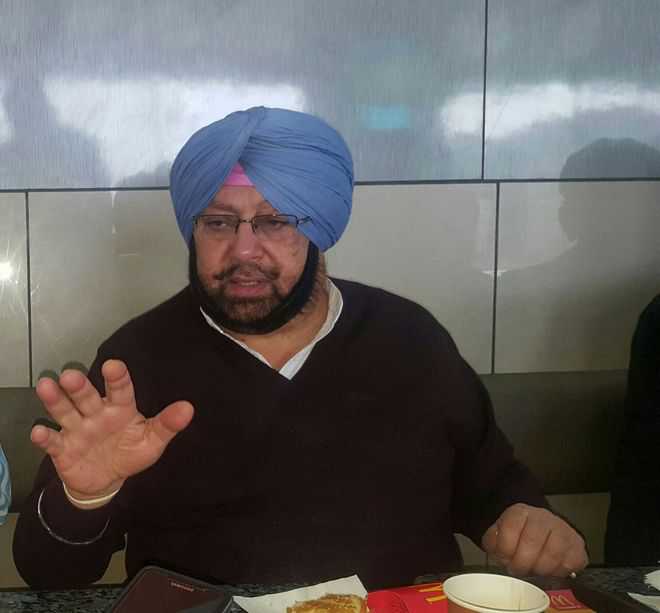
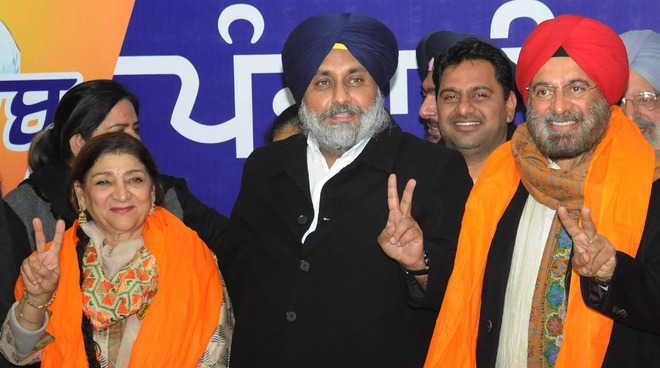
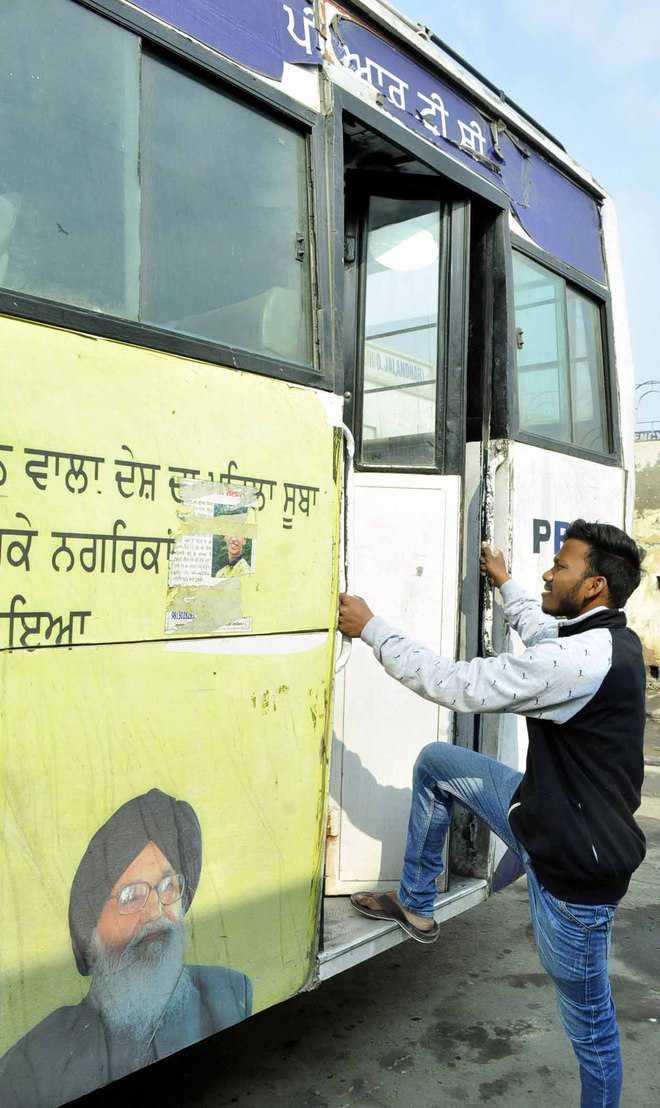



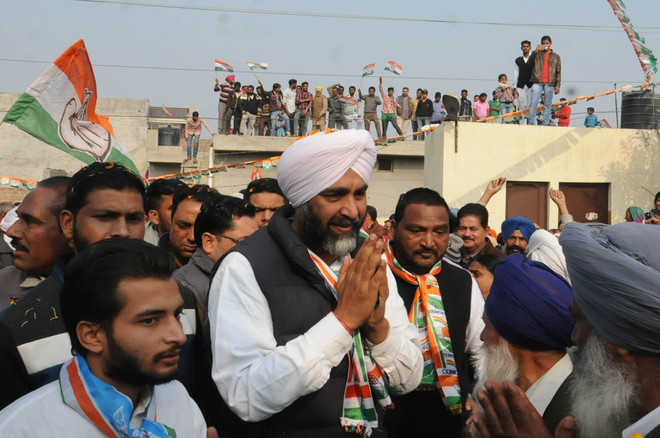
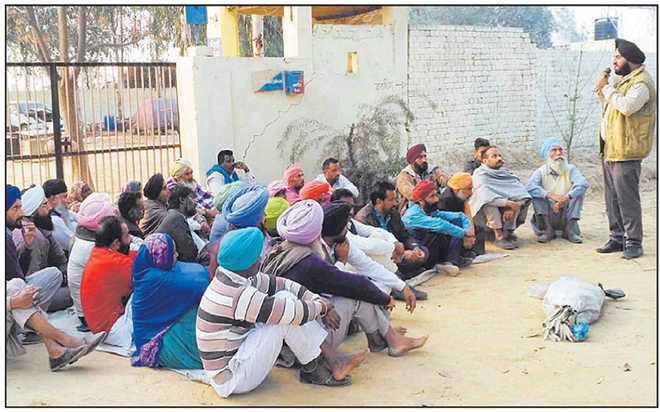
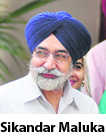
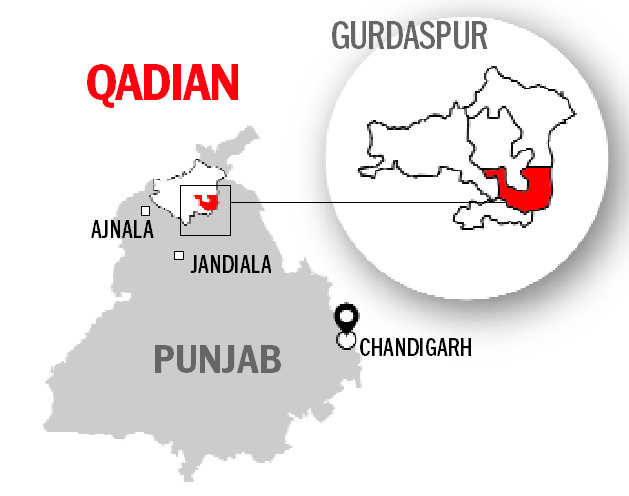

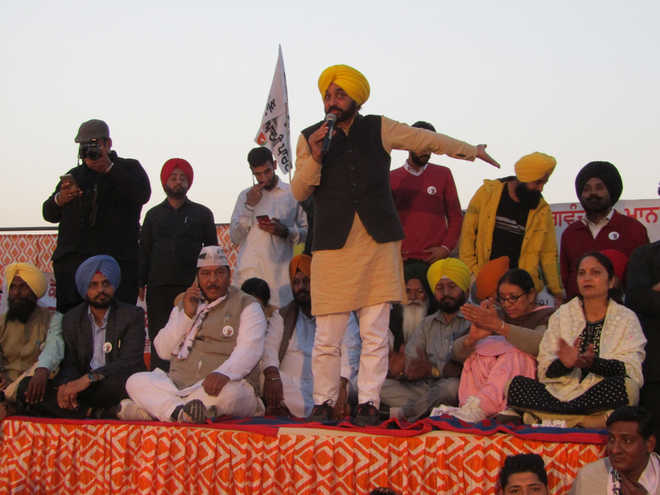
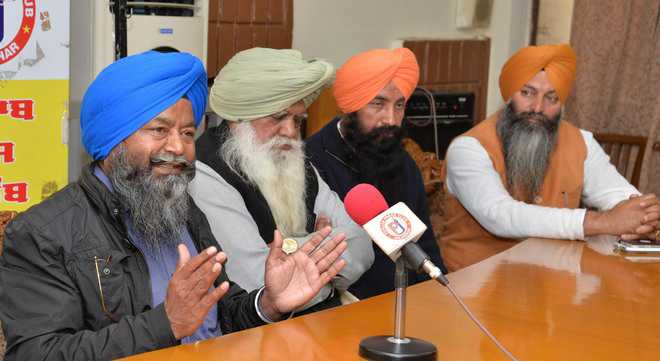

 PTI
PTI



























































